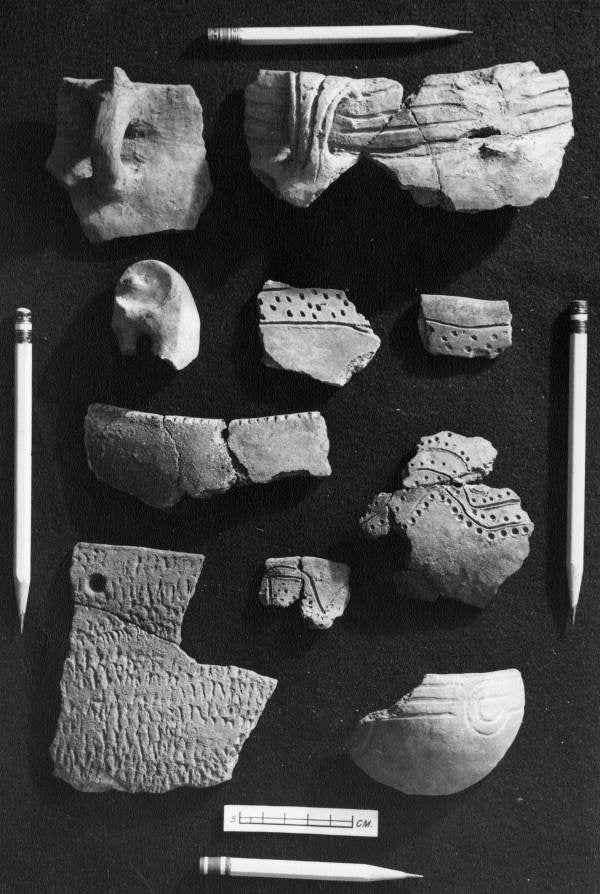
History
The 10-acre site that encompasses Madira Bickel Mound was named after Mrs. Madira Bickel of Sarasota, who joined her husband Karl, in preserving Native American mounds from destruction.

In 1948, the Bickels purchased and donated the mound and surrounding land to the state, which was the first site in Florida to become a state archaeological site.
Archaeological excavations have disclosed at least three periods of Native American culture. During the first period, in which mounds were begun, life was simple. The primary interests were hunting and fishing. Kitchen middens along the shore of the bay were probably begun during this period.
The second, or Weedon Island Period, extended from A.D. 700 to A.D. 1300. This period produced some of the most artistic pottery found in Florida.
During the third, or Safety Harbor Period, interest in pottery declined. Villages became larger, as agriculture rose in importance. This is also the period in which the first Spanish explorers arrived.